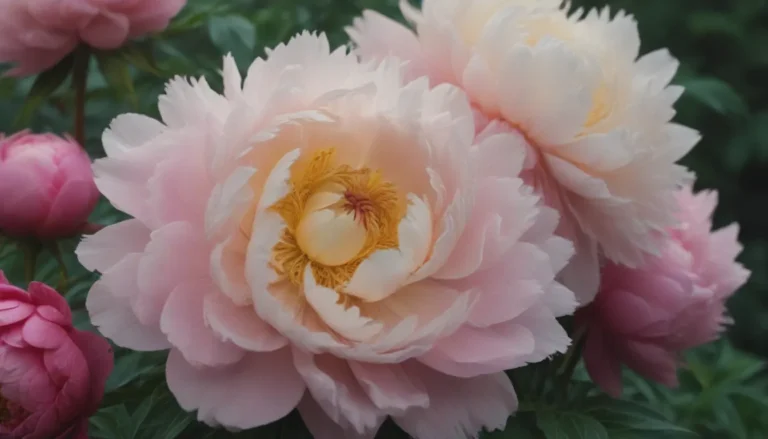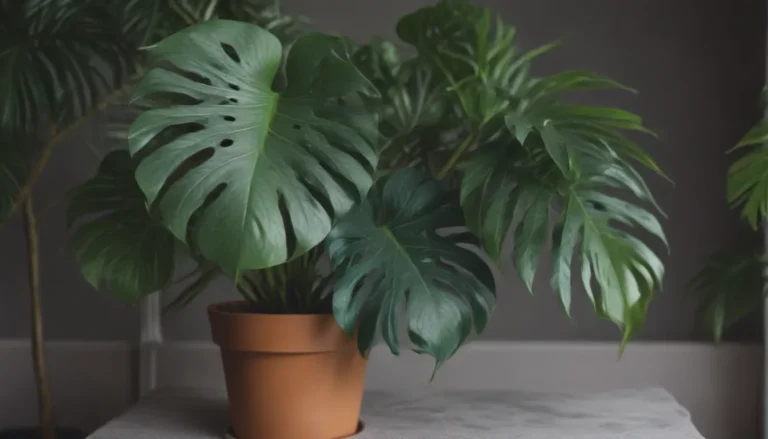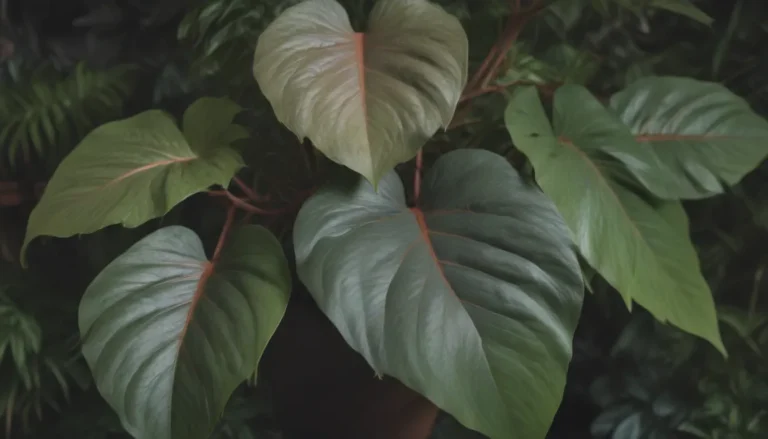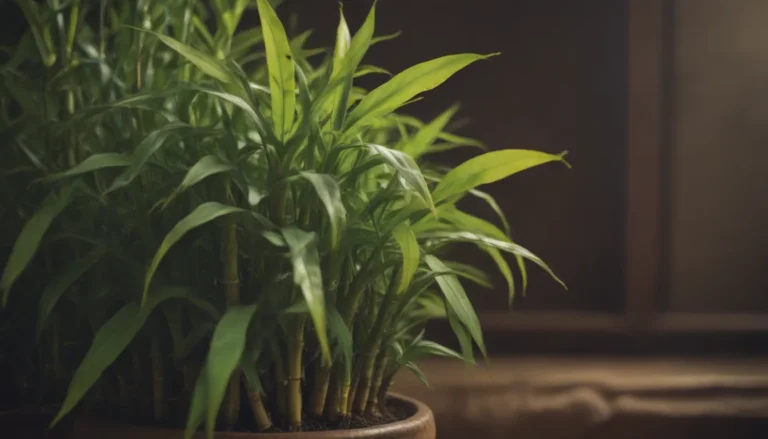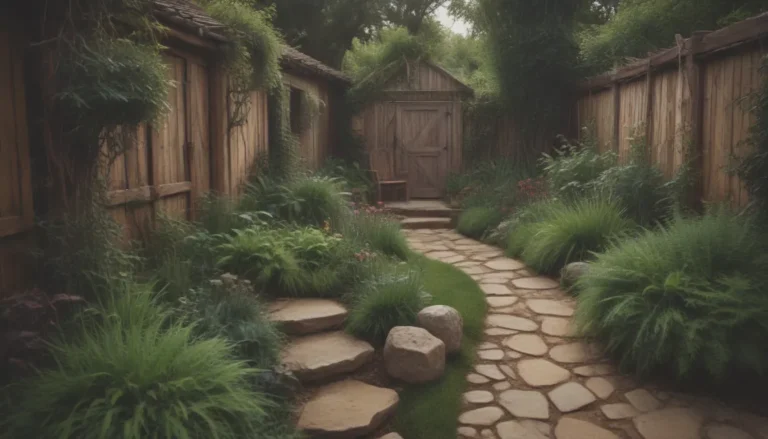A Comprehensive Guide on Growing and Caring for Luffa Plants
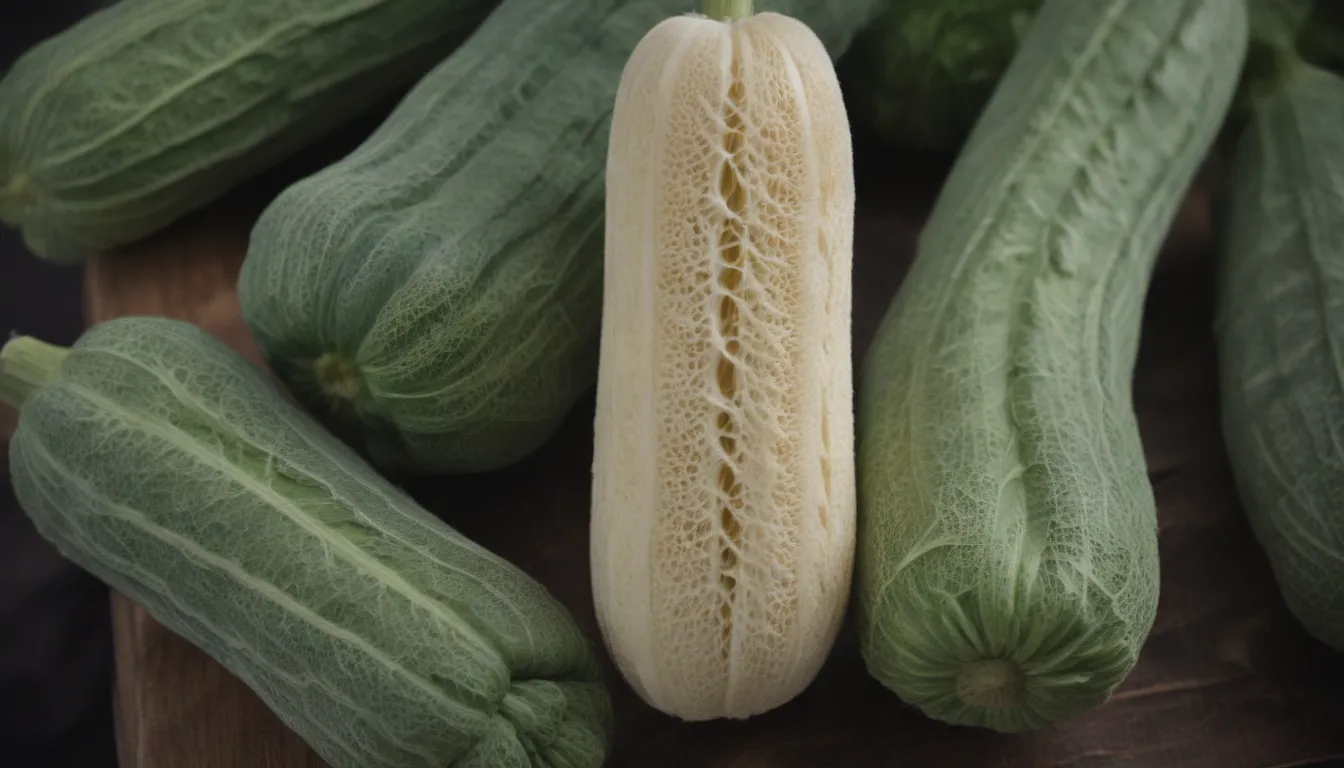
Are you interested in growing your own luffa plants but not sure where to start? Look no further! In this in-depth guide, we will explore everything you need to know about cultivating luffa, from planting to harvesting.
What is Luffa?
Luffa, also known as Luffa aegyptiaca or “loofah,” is a fast-growing vine with large yellow blooms that produce gourds. These gourds are not only edible but can also be dried and used as natural sponges. Native to Asia, luffa thrives in hot weather, acidic soil, and plenty of sunlight. It takes about 90 to 120 days for luffa to grow and up to 200 days until it is ready to be harvested for sponges.
Luffa Care Tips
Here are some essential care requirements to keep in mind when growing luffa plants:
- Light: Luffa needs at least six hours of full sun each day. The more sunlight, the better!
- Soil: While luffa can grow in any soil type, it prefers a pH range of 6.0 to 6.5 and requires good drainage to prevent over-saturation.
- Water: Keep the soil moist but not wet until the seedlings are established. After that, water the base of the plants about 1 inch per week, avoiding watering the vines to prevent disease spread.
- Temperature and Humidity: Luffa thrives in warm to hot weather. In cooler temperatures, its growth may slow down.
- Fertilizer: Add organic matter to the soil before planting, and use a nitrogen-rich fertilizer two to three times during the growing season following the product label instructions.
Types of Luffa
There are different varieties of luffa plants you can choose from, including:
- Luffa aegyptiaca: Also known as smooth luffa or sponge gourd, this is the most common variety available from seed companies. Popular cultivars include ‘Smooth Boy,’ ‘Smooth Beauty,’ and ‘South Winner.’
- Angled Luffa: Another type of luffa species.
- Ball Luffa: Yet another variety of luffa plants.
Pruning Luffa Plants
To encourage healthy growth and branching in luffa plants, consider the following pruning tips:
- Trim young plants with sterilized pruners.
- Cut back four stems to the main stem to promote vigorous branching.
- Grow luffa vines on a trellis or support structure to keep them off the ground and prevent disease and rotting.
Harvesting Luffa
Luffa can be harvested when it is still young and tender for eating raw or cooked. However, if you are growing luffa for sponges, allow them to grow to about two feet long before harvesting.
Propagating Luffa
Luffa plants are annuals and can only be propagated by seed. Hand pollination may be necessary to ensure fruit production, especially if bee pollination is lacking.
How to Grow Luffa from Seed
Luffa is best seeded directly in your garden due to its long growing season and warm temperature requirements. Start the seeds indoors only if you can provide optimal growing conditions.
Potting and Repotting Luffa
Start luffa seedlings indoors in pots, then transplant them outdoors once the temperatures are consistently above 50 degrees Fahrenheit. Use a trellis or support structure for the vines to grow upward.
Common Pests & Diseases
While luffa plants are generally low-maintenance, they can be susceptible to diseases like downy mildew and powdery mildew. Pests such as cucumber beetles and spider mites may also be problematic. Practicing crop rotation and proper irrigation can help prevent these issues.
How to Get Luffa to Bloom
Encouraging blooming in luffa plants can be achieved by providing the right nutrients and conditions for the plant. Nitrogen and phosphorus additives in fertilizer can help produce male and female flowers, ultimately leading to fruit production.
Common Problems with Luffa
From yellowing leaves to fruit not growing, luffa plants may face various challenges during their growth cycle. Understanding these issues and addressing them promptly can help ensure a successful harvest.
In conclusion, growing luffa plants can be a rewarding experience if you follow the right care tips and techniques. By providing the necessary sunlight, water, and nutrients, you can enjoy a plentiful harvest of edible gourds and natural sponges. Whether you are a novice gardener or an experienced enthusiast, luffa is a versatile and fascinating plant to cultivate in your garden. Happy gardening!
